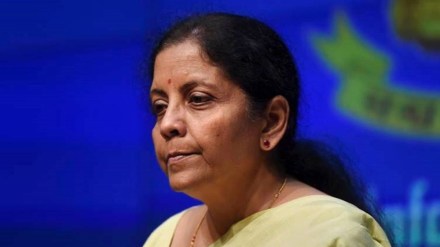The currency in circulation in India more than doubled to `31.34 trillion in March 2022 from `13 trillion in 2014, finance minister Nirmala Sitharaman informed the Lok Sabha on Monday. She said digital or e-rupee worth over `130 crore was in circulation on a pilot basis as of February 28, 2023.
“The mission of the government is to move towards a less cash economy to reduce generation and circulation of black money and to promote digital economy,” Sitharaman said.
Between March 2016 (the note ban exercise was undertaken in November 2016) and March 2022, the notes in circulation rose from `16.42 trillion to `31.36 trillion. This means it grew from the pre-demonetisation level of 10.7% of GDP in FY16 to 13.1% in FY22.
Even though UPI (Unified Payments Interface) transactions are rising at scorching pace, Indians’ penchant for cash still remains intact. The dominance of cash is partly driven by limitations of digital payments on the supply side, including inadequate dispute resolution mechanism, transaction failures and limited accessibility in rural areas.
With UPI making its debut in cross-border person-to-person payment facility recently, Prime Minister Narendra Modi said India’s digital transactions will soon overtake cash transactions.
The Reserve Bank of India (RBI) launched pilots in digital rupee in the wholesale segment on November 1, 2022, and in the retail segment on December 1, 2022.
Nine banks, viz., State Bank of India, Bank of Baroda, Union Bank of India, HDFC Bank, ICICI Bank, Kotak Mahindra Bank, Yes Bank, IDFC First Bank and HSBC, have been participating in the digital rupee wholesale pilot, Sitharaman said.
“As on February 28, 2023, the total digital rupee – Retail and digital rupee – wholesale in circulation is `4.14 crore and `126.27 crore, respectively,” Sitharaman said.
The e-rupee is in the form of a digital token that represents legal tender. It is being issued in the same denominations that paper currency and coins are currently issued.
